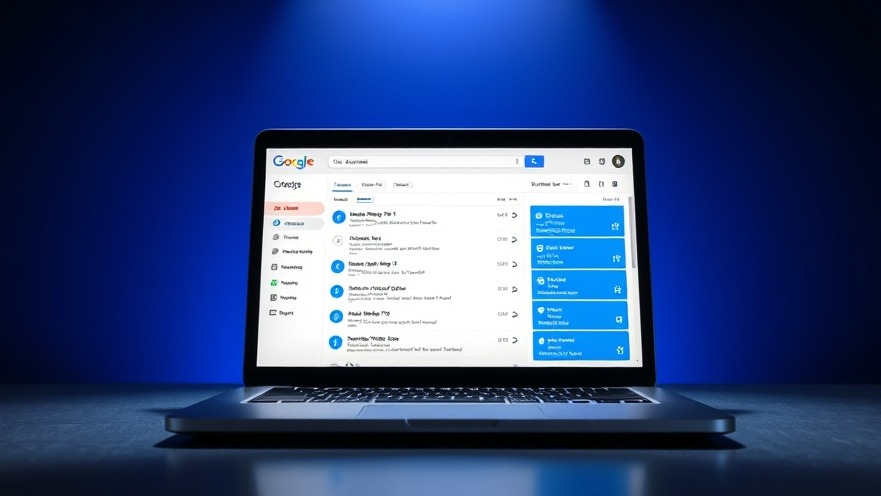
Why Task Management Tools Matter for Digital Nomads
For digital nomads, the ability to manage tasks efficiently can make or break a workday. With deadlines looming and tasks scattered across various locations and time zones, a dependable task management tool is vital. For years, many have relied on Google Tasks for its simplicity and ease of use. However, the introduction of Microsoft To Do into this realm invites a necessary comparison worth exploring.
Simplicity Vs. Complexity: The Interface Battle
First impressions matter, especially with tools used daily. Google Tasks offers a clean, intuitive interface, making it quick to create and manage tasks. All it takes is a click of the + Create button to add a task, and users can easily toggle between lists. In contrast, Microsoft To Do presents a more layered approach that some may find overwhelming.
The navigation through Microsoft To Do often requires multiple clicks. Users first have to enter different tabs like My Day, Important, and Tasks to create or manage items. This is a noticeable hurdle for someone accustomed to the one-click functionality of Google Tasks. Such complexity can lead to frustration, particularly for individuals moving quickly between various responsibilities. As one digital nomad pointed out, "The second I have to think about how to manage my tasks rather than just doing them, I lose focus and productivity."
Features That Don't Make the Cut
While Microsoft To Do boasts numerous features, it appears to complicate basic task management processes. For instance, creating categories is only feasible within the Outlook app, pushing users to switch platforms unnecessarily. Google Tasks, on the other hand, allows seamless organization directly from the main app. This feature sounds minor but resonates deeply with users who prize efficiency.
Furthermore, moving tasks between lists in Google Tasks is a simple drag-and-drop action, while Microsoft To Do requires a more tedious process of recreating tasks. For digital nomads juggling work commitments, travel itineraries, and personal projects, having to jump through technological hoops can hinder momentum and diminish output.
Why Flexibility Matters for Remote Workers
Another critical consideration for remote workers is the ability to view tasks across various lists. Digital nomads often operate in a multi-faceted world where they're managing work responsibilities alongside personal errands. Google Tasks makes it easy to glance at all tasks from different lists, whereas exhausting clicks in Microsoft To Do can lead to missed deadlines or forgotten commitments.
For many, the ideal task management tool holds all tasks in one view, enabling users to prioritize their day effectively. As someone managing multiple obligations, maintaining visibility into all tasks isn't just essential—it's crucial. It’s this flexibility that makes Google Tasks a standout choice for many digital nomads.
Final Thoughts: What the Future Holds
Ultimately, the decision of which task management tool to use rests on personal preference and work style. Microsoft To Do does offer functionalities that may benefit some users, particularly those immersed in the Microsoft ecosystem, but for digital nomads accustomed to swiftness and simplicity, Google Tasks seems to carry the day. Its straightforward interface and flexibility allow nomads to focus on their work without needing to decipher application navigation or deal with unnecessary complexities.
In summary, while Microsoft To Do introduces new features to the task management landscape, its execution may leave something to be desired for those who value ease and speed. As a digital nomad, prioritize tools that keep you organized and productive, helping you stay on top of your traveling lifestyle without additional stress.
If you're a digital nomad struggling to maintain your productivity, consider the motivational boosts of streamlined apps like Google Tasks. Make the switch today and experience the difference effective task management can make in your life on the move.
 Add Row
Add Row  Add
Add 




Write A Comment